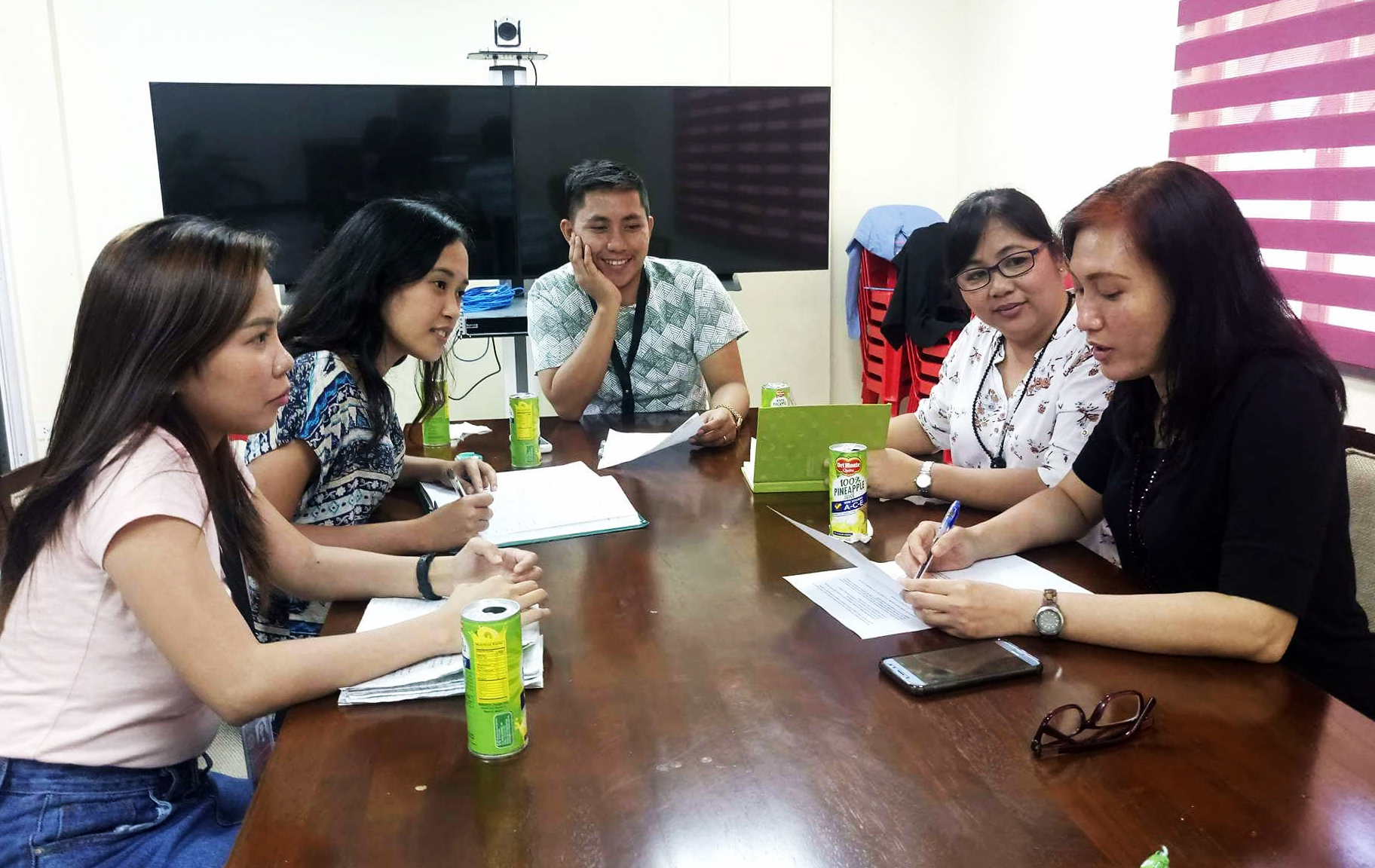
Researchers from the Mindanao State University - Iligan Institute of Technology (MSU-IIT) has recently uncovered valuable rare earth elements (REEs) from coal fly ash (CFA), a waste material generated by coal power plants.
According to Project Leader Dr. Vannie Joy Resabal, these REEs are “widely used in high-technology, clean energy and emerging technology applications, and are amongst the critical raw materials classified by the European Commission and the US Department of Energy.” Through the funding and support from the Department of Science and Technology - Philippine Council for Industry, Energy and Emerging Technology Research and Development (DOST-PCIEERD), the researchers were able to successfully extract REEs from the CFAs they analyzed.
REEs are vital components of most electronic products like cellular phones, computer hard drives, televisions, and even electric vehicles. Even though REEs form only a small fraction of these products, without rare earths, these products cannot function.
DOST-PCIEERD Deputy Executive Director and Officer-in-Charge Engr. Raul C. Sabularse expressed optimism over the potential gains that the country can obtain from the discovery of these REEs.
“The economic gains that our countrymen can achieve once these REEs are maximized to its full potential is truly promising and we hope that local businessmen can look into this potential resource,” he said.
Resabal said there are no known sources nor studies on REEs and their research shows that these valuable metals can finally be found in the Philippines.
Resabal also mentioned similar studies from Poland, United Kingdom, and Japan showed that CFAs can be a valuable secondary source of REEs.
“Raw and unprocessed coal already contains a variety of metals, and at times, also REEs, burning it enriches these metals,” she said.
The country houses more than 25 coal power plants that produce significant amounts of CFA, and these CFAs are currently only used as source of geopolymer materials and as cement additive.
Resabal’s team extracted REEs through hydrometallurgical processing, which comprises of the leaching and separation-purification stage.
“In leaching, valuable metals (REEs) from minerals or waste materials are dissolved using acids or alkaline solutions. The dissolved metals in solution are then recovered through a process called separation-purification, wherein unwanted impurities (which dissolve together with REEs) are discarded,” recounted Resabal.
The study resulted into confirming that the REE content of their sample CFA was within the outlook coefficient value for potential economic development. Resabal proudly shared that their experiments using different acids were able to achieve an average of 50% REE recovery.
For the project team, this offers “a new area of research and development that is attractive, significant, and multidisciplinary as it covers recycling, extractive metallurgy, waste management, chemistry, materials science, and environmental remediation.”
She clarified that the parameters chosen for the study were based on “the attainable parameters of whatever available equipment at the Metallurgical Laboratory of MSU-IIT. This means that even with mild conditions and simple experimental set up, we were able to extract about 50% of REEs from CFA.”
Resabal’s team are now working on a full-blown research proposal for the next phase of the project to further explore the extraction parameters in improving the recovery of REEs.
“We will be investigating as well methods to separate and then purify the solutions containing REEs. We are also looking at generating REE precipitates as an intermediate product prior to refining. Another stream of the CFA project is to study the potential of using the residue (remaining solids after dissolving the REEs) for environmental applications, such as removal of heavy metals from wastewater,” Resabal added.



